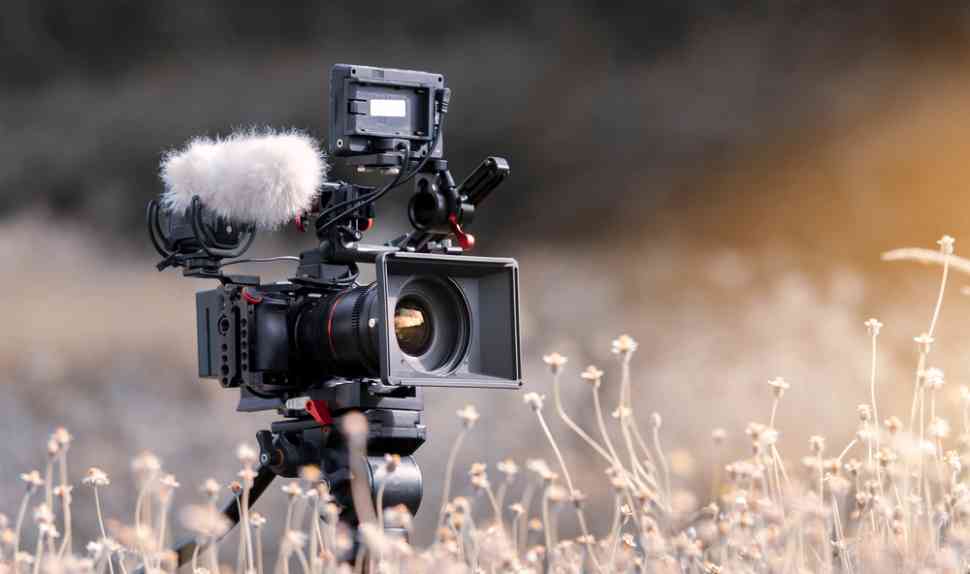How Documentaries Have Evolved And What Made Them Change

Let’s have a glimpse at how the documentaries were produced in the past and what happens now. First of all, the themes of the documentaries have changed. A few decades ago, most documentaries were about life in the wild jungle or the sea. The camera would go and capture images of sceneries we would never have the chance to see. People who worked in the field were blessed to see the most unique pictures one can see. As tourism evolved, people could dive or go on fancy vacations where they could go for a safari and watch lions in their natural environment.
Today’s documentaries talk about everything. History is often a subject, and interesting events of human history are presented on the screen to impress the audience. At the same time, documentaries are tributes to bands or personalities that have impacted people.
The idea that we will talk about a person and create a myth around them is common. Even when the directors show these personalities’ flaws, they somehow make us feel more intimidated by these heroes. This happens because the presentation is not based on the individual’s contribution to science, art, sports, etc. It is focused on the person’s character and personal life so that the audience begins to meet them and create a kind of relationship with them.
A similar scenario is repeated in the direction of documentaries that depict wildlife. Even when the main character is an animal, it is presented differently. In the past, documentaries would just show animals in action. It was a realistic and plain representation of reality.
Today, most directors show a plot in the documentary. For instance, they will not just show a lion chasing an antelope. They will present the whole herd. They will use different names for each lion of the herd, including the cubs. They will show the connection between the herd members and discuss the difficulties they face.
The video will be there to help you understand the plot, which the narrator will tell. The documentary does not just show you how difficult it is to hunt. The images are additional, but they are not the gist of the documentary. Music also builds a certain atmosphere and helps the director pass a different message each time. Documentaries seem like small, simple movies where the existence of a plot is crucial. More than a simple representation is required so the audience will not get bored. This happens because everything on the TV right now is easy and fast. Documentaries cannot use a completely different pattern.
A similar phenomenon takes place in an opposite way. Some movies have scenes that include nature that is being used as symbolism inside the movie. Japanese directors have used this method to communicate their messages to the audience in the past. This technique allowed them to avoid using speech as frequently. For example, let us assume a director wants to depict a hero’s death. They will show everything that implies the upcoming death, but they will not depict the character’s death on camera. To avoid this, they will end the scene by showing an animal that dies, implying that the hero also died.
The presence of nature on the screen is also moving and can help many creators communicate what they want elegantly. The sure thing is that it always works both ways. Documentaries have the characteristics that movies have, and vice versa.
Going back to the documentaries, we have often seen that at the end of the documentary, the director decides to show how the shootings were done. They show the difficulties the professionals had to deal with to capture the specific scenes. This used to happen in TV series as well, where at the end, we see some of the shootings. Even though the idea is ”stolen” from the TV series, in the case of the documentary, it is honestly authentic because it practically expands the initial documentary. It is like having a documentary inside another documentary, and people become familiar with how it is being produced for the very first time.
Documentaries are a part of the cinema, and the trends of movies highly influence them.
Have you read?
Beyond Quitting: Why a Happy Workplace is Key to Long-Term Employee Retention by Greg Davis.
New Opportunities In The Commercial Real Estate Market by Brian Wallace.
The Four-Step Guide to Offering Meaningful Credentials by Danny King.
Bring the best of the CEOWORLD magazine's global journalism to audiences in the United States and around the world. - Add CEOWORLD magazine to your Google News feed.
Follow CEOWORLD magazine headlines on: Google News, LinkedIn, Twitter, and Facebook.
Copyright 2025 The CEOWORLD magazine. All rights reserved. This material (and any extract from it) must not be copied, redistributed or placed on any website, without CEOWORLD magazine' prior written consent. For media queries, please contact: info@ceoworld.biz








